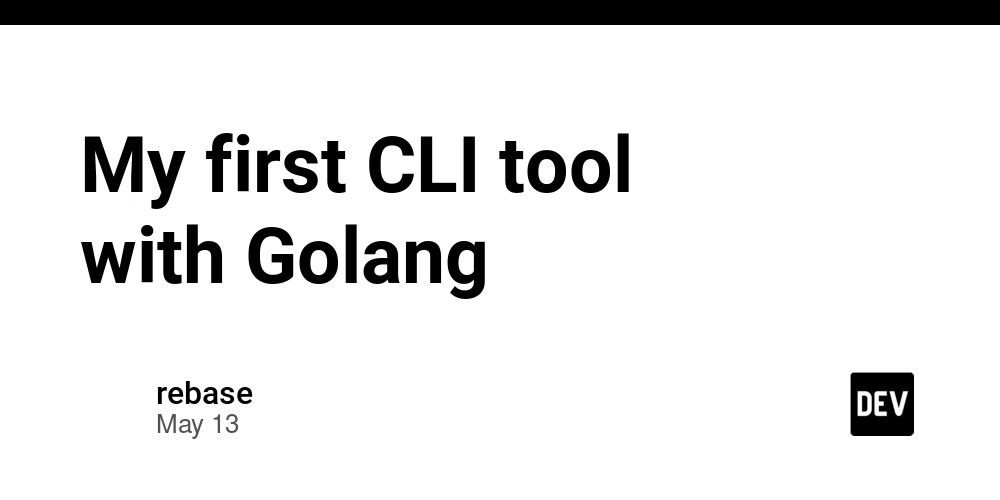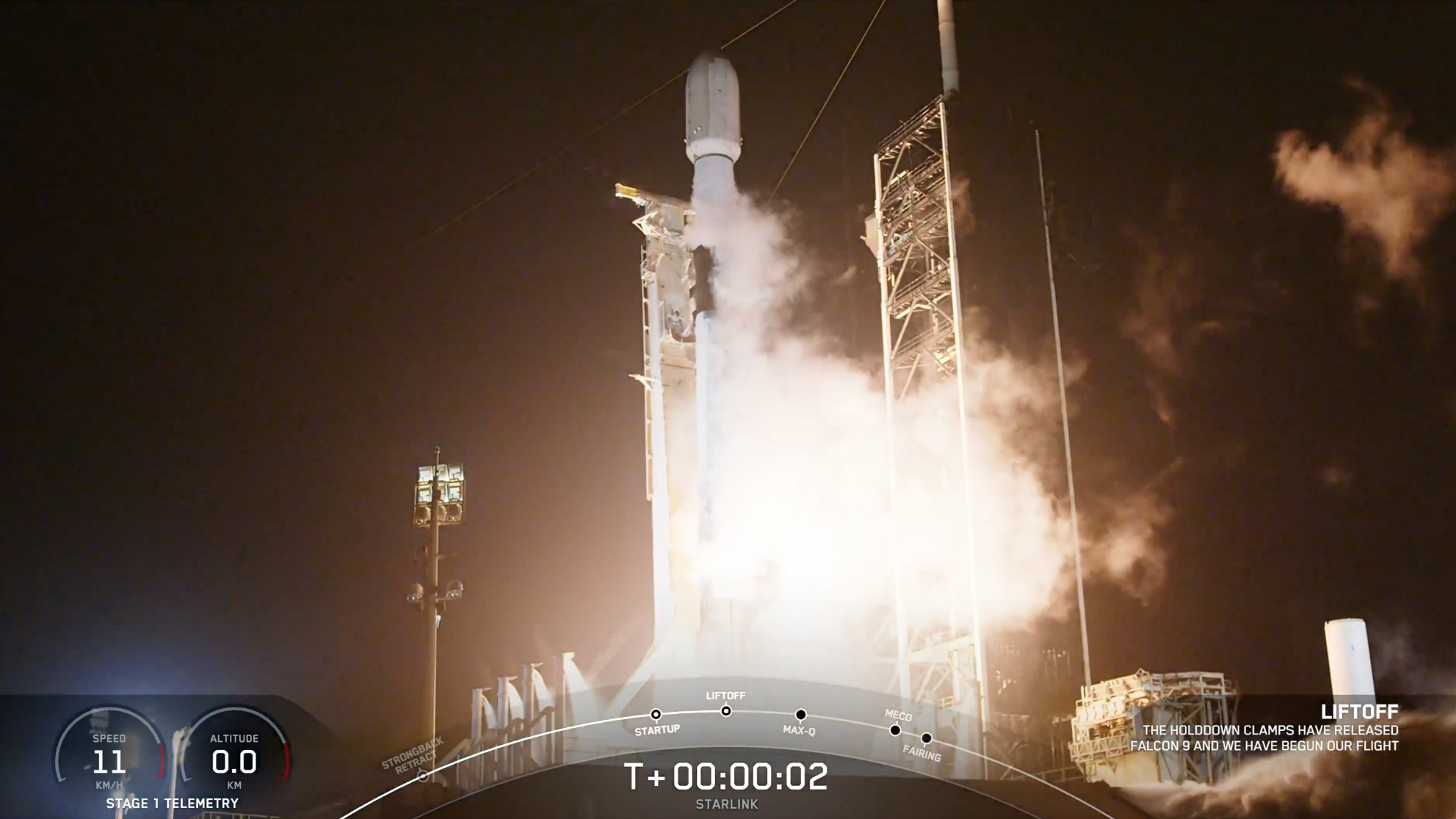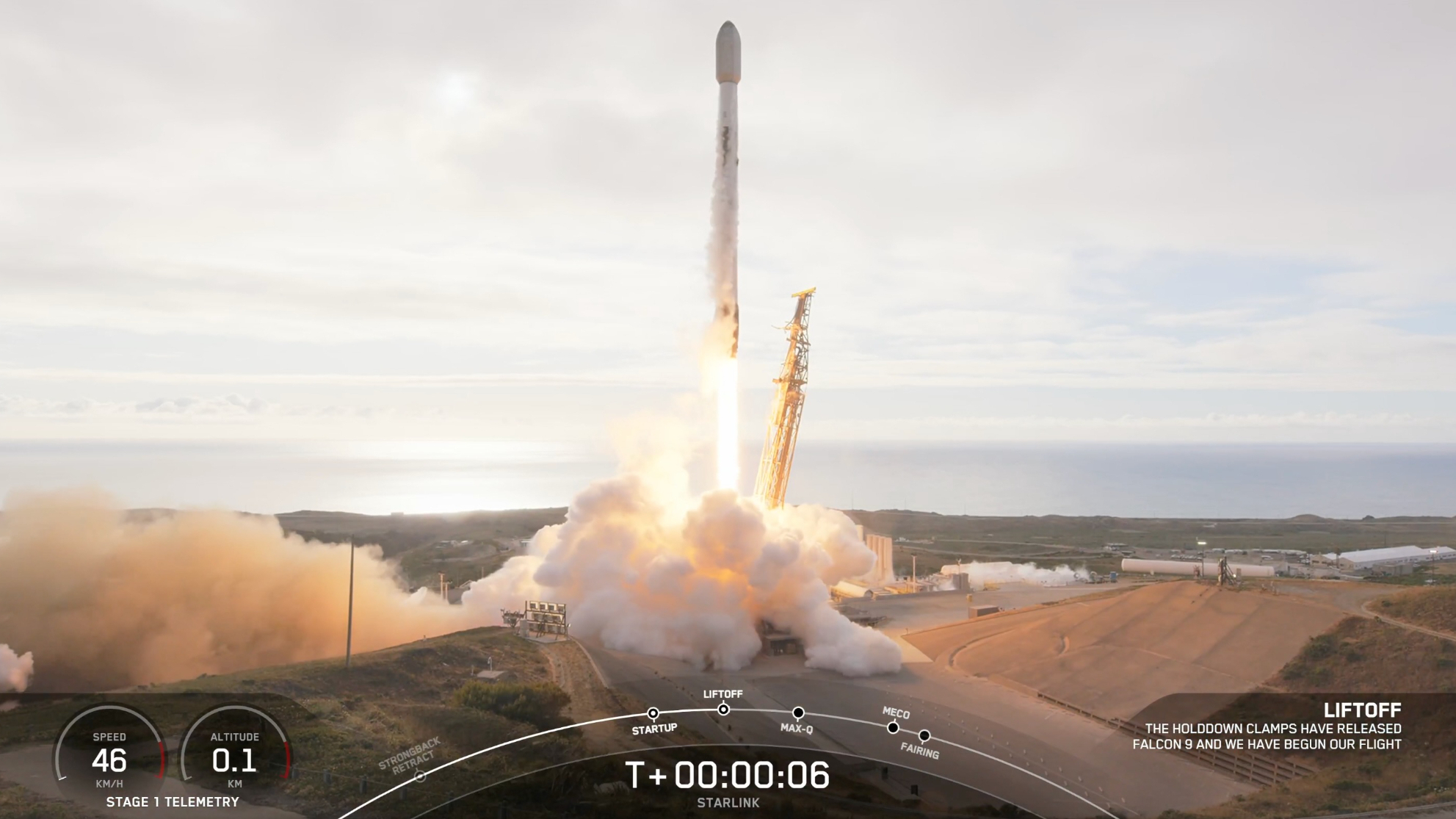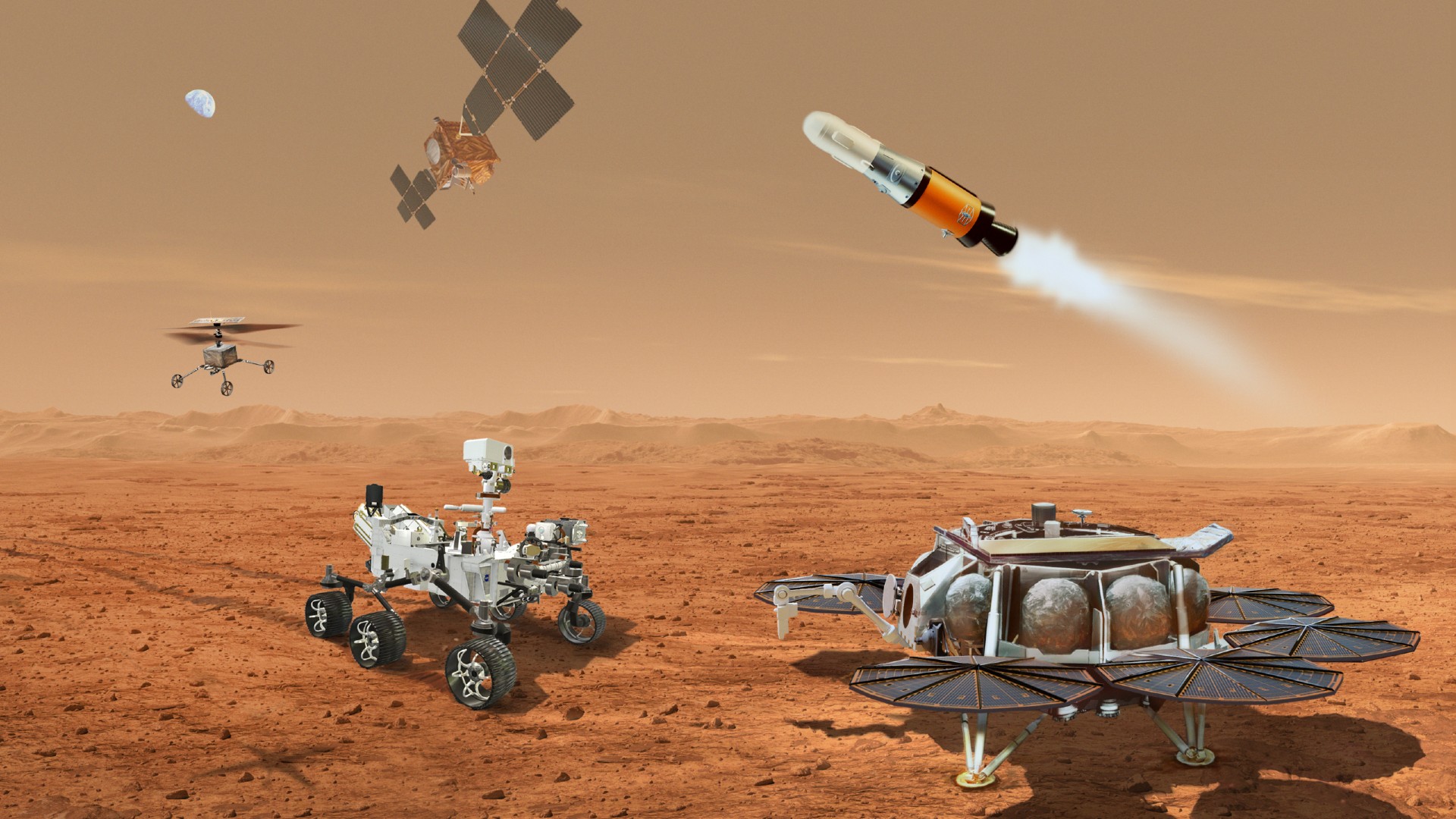Half of the world’s cars won’t be fully electric by 2040—Renault and Geely are betting big on hybrids to fill the gap
Horse Powertrain’s modular hybrid tech aims to bridge the global EV gap—and help automakers scale clean mobility faster across diverse markets.

Very few automakers think Battery-Electric Vehicles (BEVs) aren’t the long-term future of the car industry. But the transition won’t happen overnight. Internal combustion technology will be needed for at least a decade more, and even longer in the developing world. Responding to this, Horse Powertrain, a Renault Group joint venture with Chinese firm Geely, has created a drop-in motor to convert an EV into a hybrid. Fortune talked to Horse Powertrain's CEO Matias Giannini at the Auto Shanghai 2025 car show to find out how the return of hybrids could help the transition to clean transportation.
“Horse Powertrain isn’t going in the opposite direction to the market,” says Giannini. “Everybody wants to go to Net Zero. BEVs are one path to get there. But even with the most optimistic numbers, maybe we get to 50% of the fleet by 2040 being fully battery electric vehicles. Horse Powertrain was born to ask the question that nobody else was asking, what do we do with the other half? We came into being to create new ways to get to Net Zero for the other 50%.”

Hybrids are growing alongside all-electric
Despite the continuing negative news about the BEV market, growth is still strong, particularly in the EU, U.K. and China. BEV sales were up in the Europe-28 region (including the U.K.) by 28% in Q1 of 2025 to 17%. But hybrids now make up 35.5% in the EU and 24.3% in the U.K, with both shares also expanding. China’s market was 34% BEVs in March, but 27% plug-in hybrids and 8% range extenders. “Super Hybrids”, plug-in hybrids with very long pure battery range, are a format with particularly growing popularity. Even as cars driving purely on internal combustion are dying out, the technology persists in hybrids and is likely to continue gaining share alongside BEVs for some years to come. This is where Horse hopes its drop-in hybrid motor will smooth the transition for traditional automakers.
“Every OEM will continue to have a different problem in different regions of the world, and for them to try to solve those problems alone isn’t viable,” says Giannini. “The reason why nobody makes money with BEVs is not because of the cost of batteries anymore. Battery costs have come down. Now it's a question of scale.”
Horse Powertrain intends to provide hybrid options that can replace the traditional internal combustion engine while still using newly developed BEV platforms. “If we can enable OEMs to build other energy solutions in their BEV architecture, we can help solve the problem,” says Giannini. “They have more scale on that platform, can amortize their investment faster, and we can accelerate EV adoption. I don't see our technology contradicting the EV journey. I see it as complementing and even accelerating it.”

Horse Powertrain rides to the rescue
Horse Powertrain was initially created in 2024 by combining Renault Group’s spun-out internal combustion and hybrid operations (called Horse) with Geely Group’s Aurobay, operating in Sweden and China. Both sections had 9,000 employees each before the merger. Alongside Renault and Geely cars, recipient brands of Horse Powertrain technology are Dacia, Volvo, Lynk & Co and Proton, plus third parties including Nissan and Mitsubishi.
“Years ago, everyone decided we need to accelerate BEVs,” says Giannini. “BEVs can be the path to Net Zero, but we want to challenge how nobody was talking about anything else. There are multiple ways to get there. Our future hybrid concept, or our compact range extenders, are real innovations. Those are highly efficient, low consumption, low CO2 emission solutions that may not be 100% clean, like a full BEV. But if we can replace inefficient combustion engines, the other 50% from the fleet, that helps us go in the right direction.”
“The solutions are going to be different for different customers in different regions,” says Giannini. “Plug in hybrids are very popular here in China, they can also be a viable solution in the US. Full hybrids are very popular in Europe, and range extenders in China or South America and other regions that may need a cheaper solution and cannot afford to have a full-size battery in a car.”
In the past, this meant manufacturers maintaining umpteen different powertrains across many regions, but with most future development targeting BEVs. “OEMs were focusing on putting all their resources and investment into BEVs, and doing nothing on combustion engines, because BEVs are going to grow, combustion engines are going to die,” says Giannini. “They were putting all their eggs in this basket and now they're finding out they’re going to need other solutions in the middle.”
“Our proposition is, let us manage that complexity,” says Giannini. “OEMs can keep focusing on the battery electric vehicles, because Horse Powertrain can cover 80% of market needs. We're present everywhere in the world - 17 manufacturing locations. We can support OEMs where they need. Maybe they're missing some technology. Maybe they need coverage in a certain region. Maybe they have a very low utilization plant that they need to close. We help them do that.”
Horse Powertrain is also exploring non-EV technologies for some regions. “We do methanol in China, and gas — CNG, LPG — in certain regions of Europe with our mother company,” says Giannini. “The Dacia brand has introduced that already in Italy and Portugal. We see raising interest in that technology in India. Alternative fuels are why we brought in Aramco as an investor at the end of last year.” The Saudi company now has a 10% share in Horse Powertrain, reducing the Renault and Geely holdings to 45% each.
“That's going to be a game changer,” says Giannini. “We already have an example of that today in Brazil with bio ethanol. We develop technologies for flex-fuel engines and 83% of cars sold in Brazil can use ethanol. The infrastructure is there. The fuel is comparable in price to gasoline, and it's much cleaner. It's made of sugar cane. If we take an electric vehicle and put in a very efficient, small, range extender powered by clean ethanol fuel, that’s the best of all worlds. You increase range, you reduce the size of the battery, reduce the cost of the car, make it more attractive, and it's still nearly 100% clean. The secret is to develop cost-efficient fuel that is easy to transport and where the infrastructure is already in place, which has been the problem with hydrogen. This is excellent technology, but it’s still expensive to make hydrogen cleanly and the distribution is complicated.”
An example of how Horse Powertrain is enabling new non-BEV options for markets with varying needs is Brazilian startup Lecar, which will be launching hybrid vehicles using the company’s systems, with the first due in 2026. “Lecar is developing two new cars, manufactured locally with a range extender we provide,” says Giannini. “One of the cars is a pickup truck that will come with its own ethanol production, so farmers can make their own ethanol and then power their pickup truck with it. The only way to get to Net Zero is through innovation and collaboration. We must do it together.”
This story was originally featured on Fortune.com













































































